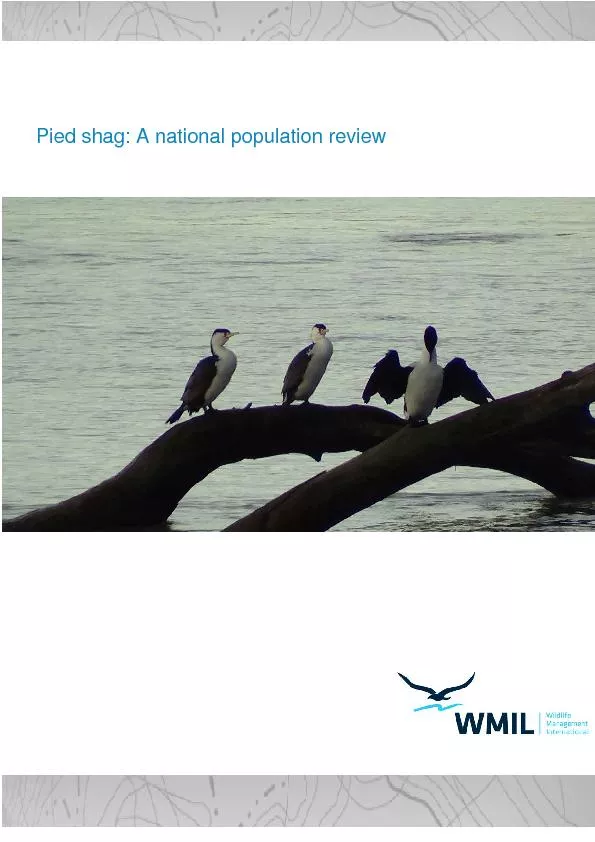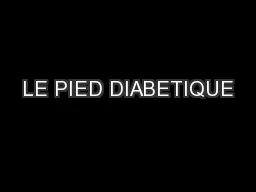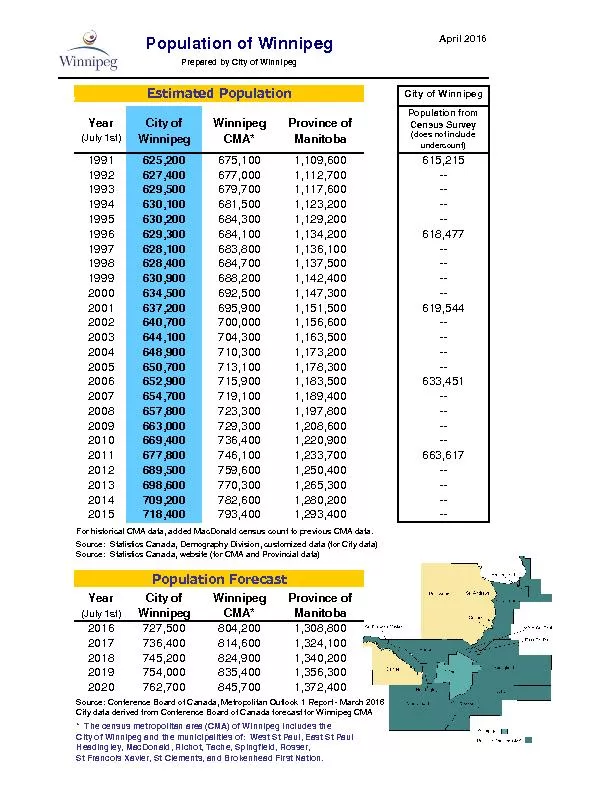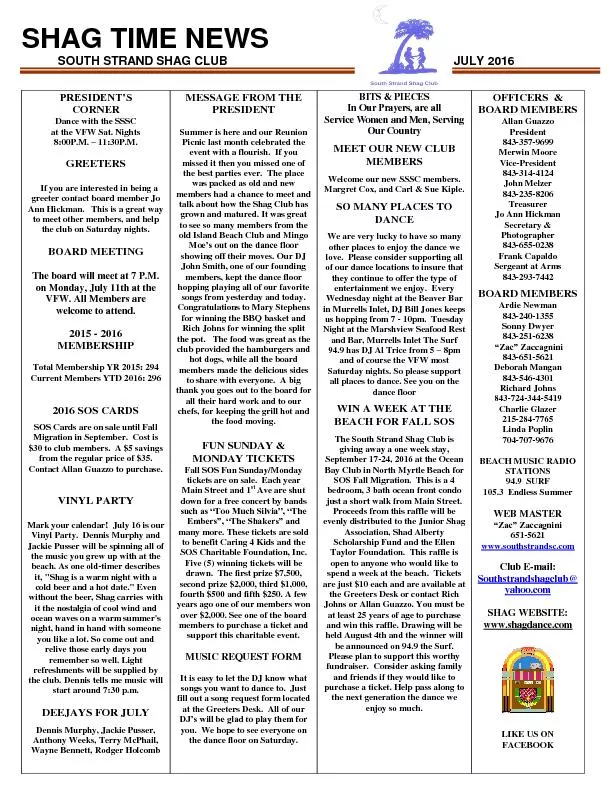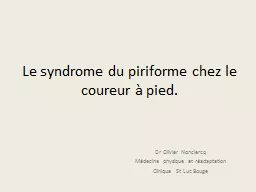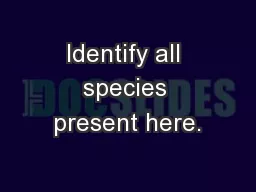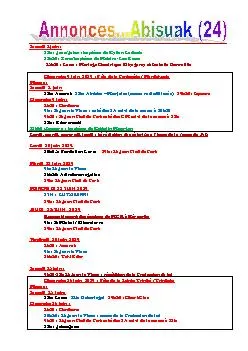PDF-Pied shag: A national population review
Author : alexa-scheidler | Published Date : 2016-07-09
This report was prepared by Wildlife Management International Limited for the Department of Conservationfulfilment of Contract 4349 POP201107 Pied shag population
Presentation Embed Code
Download Presentation
Download Presentation The PPT/PDF document "Pied shag: A national population review" is the property of its rightful owner. Permission is granted to download and print the materials on this website for personal, non-commercial use only, and to display it on your personal computer provided you do not modify the materials and that you retain all copyright notices contained in the materials. By downloading content from our website, you accept the terms of this agreement.
Pied shag: A national population review: Transcript
Download Rules Of Document
"Pied shag: A national population review"The content belongs to its owner. You may download and print it for personal use, without modification, and keep all copyright notices. By downloading, you agree to these terms.
Related Documents

